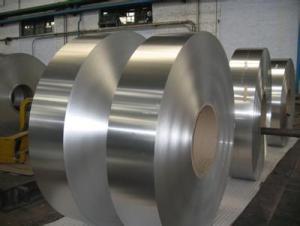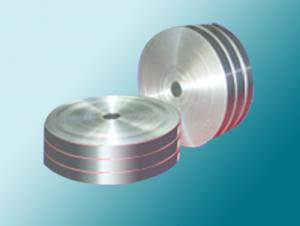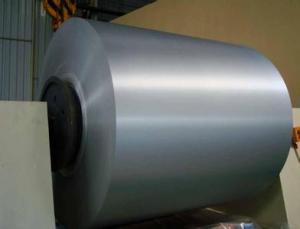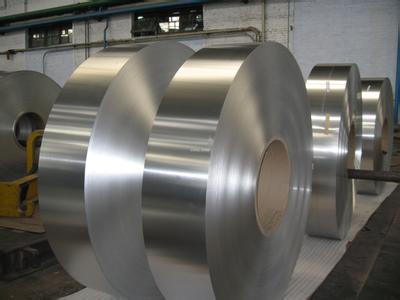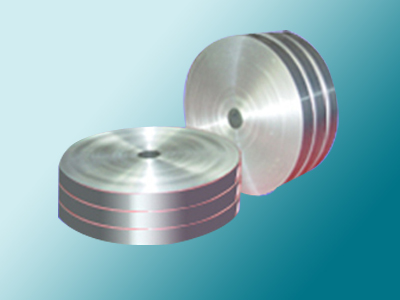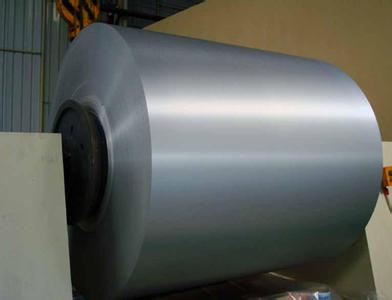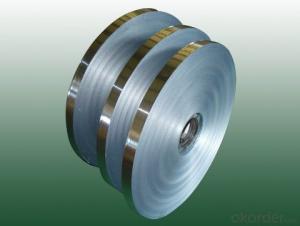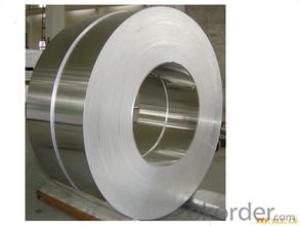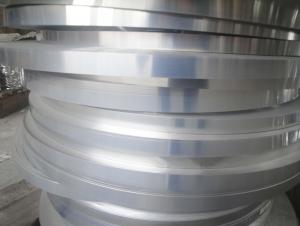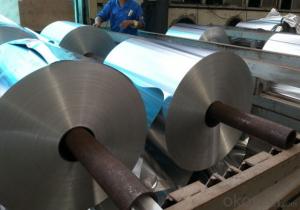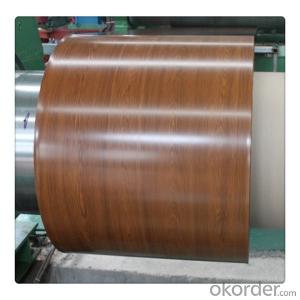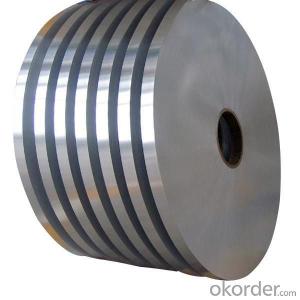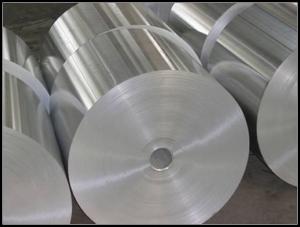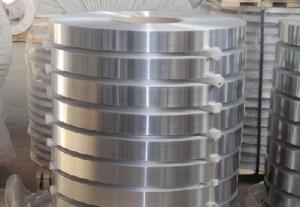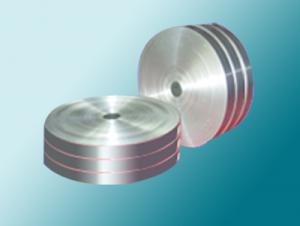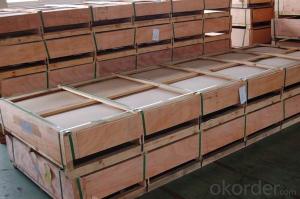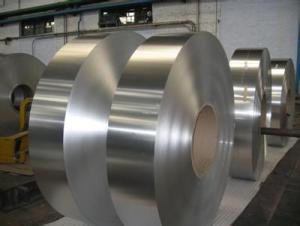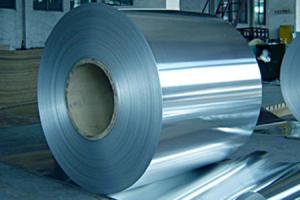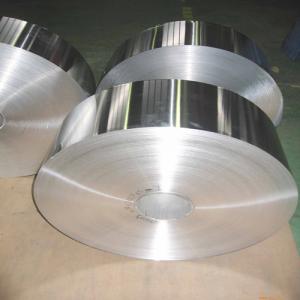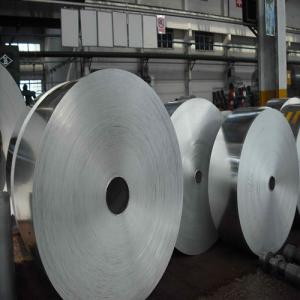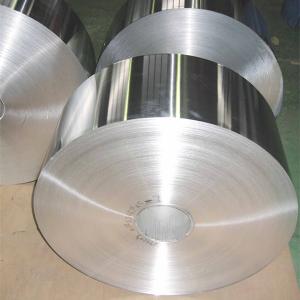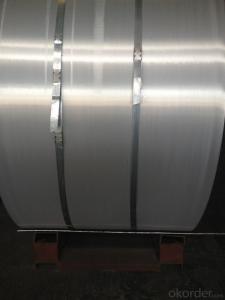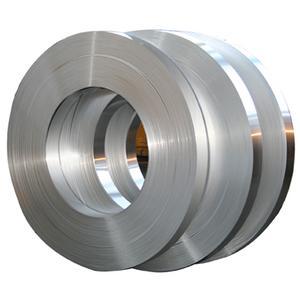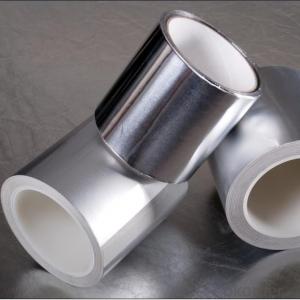Thin Flat Aluminum Strips - AA3XXX Mill-Finished Aluminum Strips in C.C Quality for Construction
- Loading Port:
- Shanghai
- Payment Terms:
- TT OR LC
- Min Order Qty:
- 3 m.t.
- Supply Capability:
- 10000 m.t./month
OKorder Service Pledge
OKorder Financial Service
You Might Also Like
Specification
1.Structure of AA3xxx Mill-Finished Aluminum Strips in C.C Quality Used for Construction Description
AA3xxx Mill-Finished Aluminum Strips in C.C Quality Used for Construction has great ductility, heat conductivity, anti-corrosion and moisture resistance properties.
AA3xxx Mill-Finished Aluminum Strips in C.C Quality Used for Construction is widely used for electronics, instruments, lighting decoration, packing industry, house decoration, curtain wall, honeycomb-core panel, sandwich panel, aluminum composite panel and aluminum composite pipes.
2.Main Features of AA3xxx Mill-Finished Aluminum Strips in C.C Quality Used for Construction
• Superior quality of raw material
• Reasonable and stable chemical composition
• Accurate tolerance
• Goode mechanical property
3.AA3xxx Mill-Finished Aluminum Strips in C.C Quality Used for Construction Images
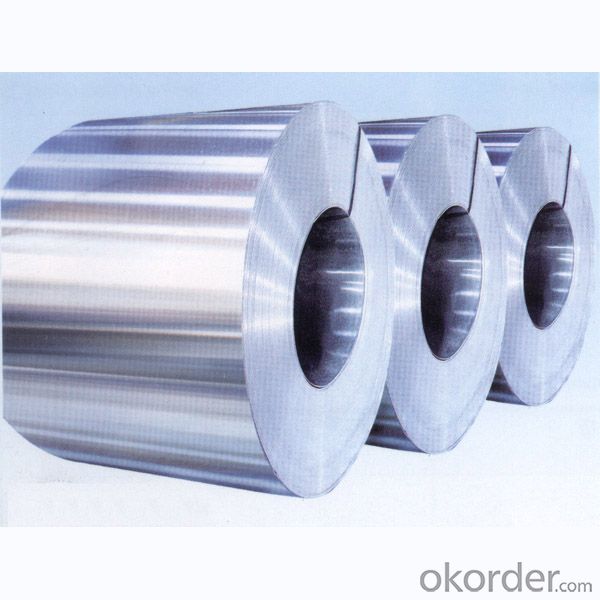
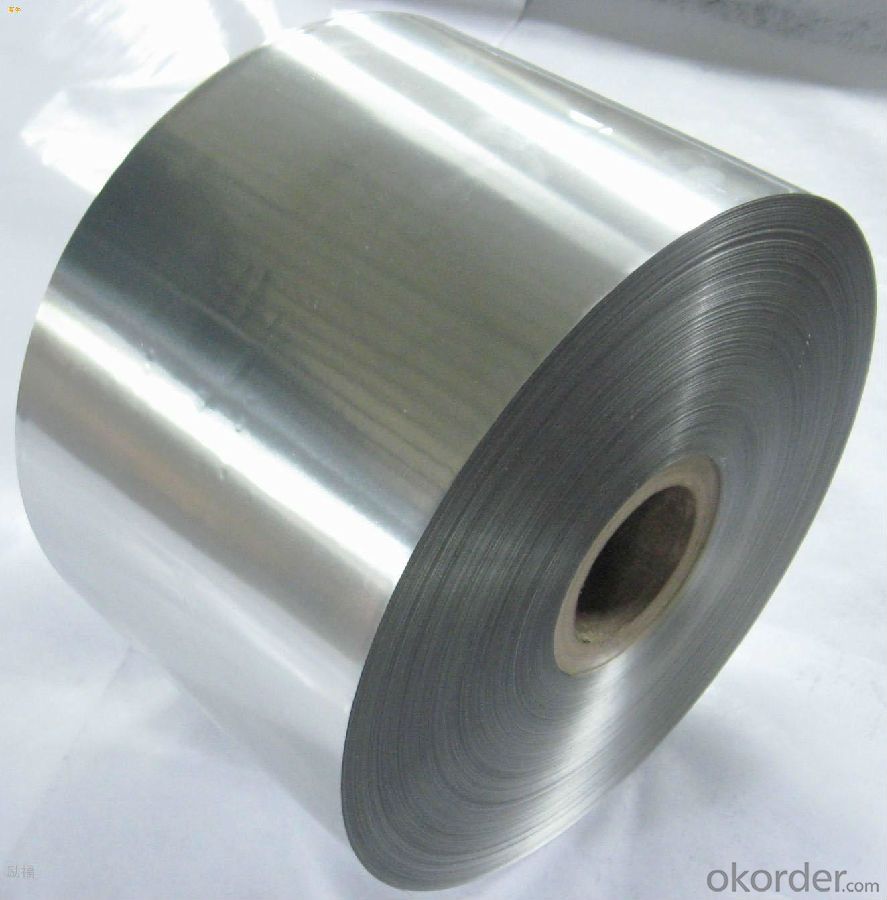
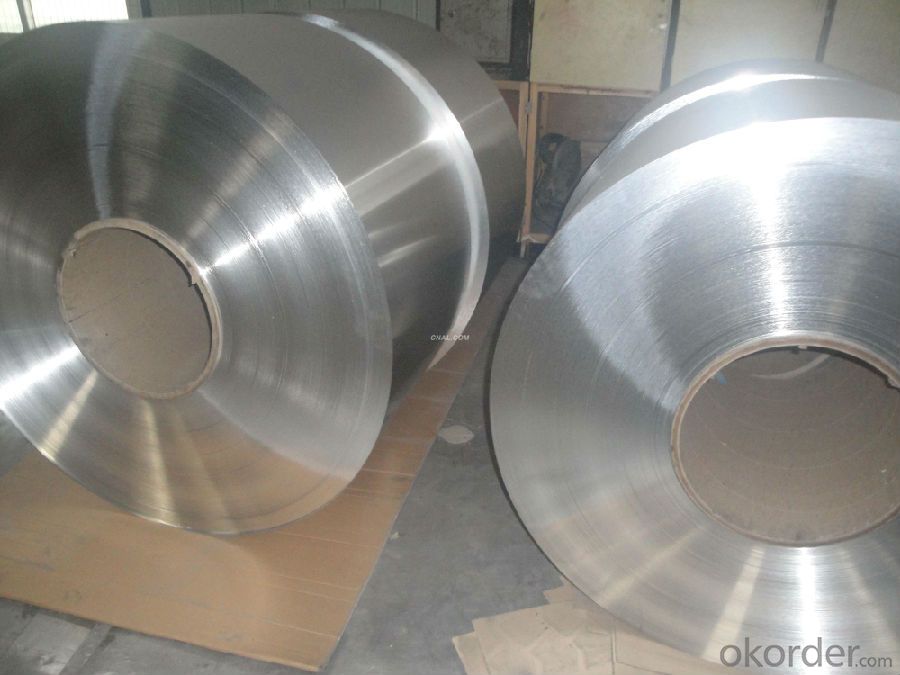
4.AA3xxx Mill-Finished Aluminum Strips in C.C Quality Used for Construction Specification
Alloy | AA3xxx (AA3003 etc.) |
Temper | H14, H16, H18, H22, H24, H26, H32, O/F |
Thickness | 0.2mm -- 100mm |
Width | 30mm -- 1700mm |
Standard | GB/T 3880-2006,EN,ASTM,JIS |
5. FAQ of AA3xxx Mill-Finished Aluminum Strips in C.C Quality Used for Construction
What is the quality standard?
---Usually our standard is GB3880-2006
What is the largest width?
---It is 2300mm
What is the MOQ?
---Usually we can accept 80 tons.
- Q: What are the potential health risks related to the use of aluminum foil?
- <p>While aluminum foil is widely used in cooking and food storage, there is limited evidence to suggest significant health risks. Some studies have linked aluminum exposure to neurological conditions like Alzheimer's, but the connection is not conclusive. The body does not absorb significant amounts of aluminum from foil, especially when used properly. However, it's important to avoid wrapping acidic or highly acidic foods in aluminum foil, as this could potentially lead to increased aluminum leaching. Overall, using aluminum foil in moderation and following proper food handling practices can minimize any potential risks.</p>
- Q: This question asks if it's possible to use various types of siding materials on a home's exterior to achieve a desired aesthetic.
- <p>Yes, you can use different types of siding on your home's exterior to match your style. Mixing materials such as vinyl, wood, brick, or stone can create a unique and personalized look. It's important to consider the architectural design and ensure that the materials complement each other in terms of color, texture, and style. Consult with a professional to help you choose the right combination that suits your home and preferences while also considering factors like durability, maintenance, and cost.</p>
- Q: Describe how the weight of an aluminum strip compares to other common roofing materials.
- <p>An aluminum strip is significantly lighter than many other roofing materials. It weighs approximately 1.5 to 2.5 pounds per square foot, depending on the thickness and profile. In contrast, asphalt shingles can weigh between 2.5 to 4.5 pounds per square foot, while concrete tiles can be as heavy as 7 to 10 pounds per square foot. Clay tiles are also heavier, typically ranging from 6 to 8 pounds per square foot. This makes aluminum strips an attractive option for those seeking a lightweight roofing solution.</p>
- Q: What are the regular maintenance tasks required for aluminum strips?
- <p>Regular maintenance tasks for aluminum strips primarily involve cleaning and inspection. It's essential to remove dirt and debris to prevent corrosion and maintain the strip's integrity. Periodic visual inspections should be conducted to check for any signs of wear, damage, or corrosion. If the aluminum strip is part of a mechanical system, lubrication may be necessary to reduce friction and wear. Additionally, ensuring that the strip is securely fastened and not under undue stress is crucial. For outdoor applications, regular checks for environmental damage are advised. In some cases, protective coatings or treatments may be applied to extend the strip's lifespan.</p>
- Q: This question asks about the expected duration that aluminum strip siding can last on a building after it has been installed.
- <p>The lifespan of an aluminum strip siding installation can vary, but on average, it is estimated to last between 20 to 40 years. This range is influenced by factors such as the quality of materials, installation techniques, and the environmental conditions the siding is exposed to. Proper maintenance, such as regular cleaning and inspection for damage, can help extend the life of aluminum siding. However, it's important to note that with advancements in materials and coatings, some modern aluminum siding products may offer even longer lifespans.</p>
- Q: What types of aluminum alloys are known for their higher resistance to corrosion compared to other aluminum types?
- <p>Yes, certain types of aluminum alloys exhibit greater resistance to corrosion. These include 3003, 5052, and 5083 aluminum alloys, which contain magnesium and manganese, enhancing their corrosion resistance. Additionally, 6061 aluminum, which contains magnesium and silicon, is known for its good resistance to atmospheric corrosion. These alloys are often used in marine environments and other corrosive conditions due to their superior corrosion resistance.</p>
- Q: Explain the distinction between aluminum foil and aluminum strips, including their typical uses and characteristics.
- <p>Aluminum foil and aluminum strips are both made from aluminum but differ in thickness and application. Aluminum foil is very thin and flexible, typically used for food packaging, cooking, and insulation due to its light weight and barrier properties. It is often found in kitchens for wrapping food or lining baking sheets. Aluminum strips, on the other hand, are thicker and more rigid, used for structural purposes, such as in construction, automotive parts, or electrical components. They are also used in manufacturing for creating more durable and robust products. The thickness and flexibility of aluminum strips make them suitable for applications requiring strength and shape retention.</p>
- Q: This question asks for a comparison between standard aluminum strips and custom-made aluminum strips, highlighting their differences.
- <p>Standard aluminum strips are mass-produced with fixed dimensions and specifications, making them readily available and generally more affordable. They are suitable for common applications where specific requirements are not needed. On the other hand, custom-made aluminum strips are manufactured according to specific customer requirements, including size, shape, thickness, and alloy type. This customization allows for unique applications and better performance in specialized environments but may come at a higher cost and with longer lead times due to the bespoke manufacturing process.</p>
- Q: The user is asking if it is possible to apply paint or stain to aluminum siding after it has been installed.
- <p>Yes, you can paint or stain aluminum siding after installation, but it requires proper preparation. The surface must be thoroughly cleaned to remove any dirt, grease, or factory applied oils. A high-quality primer compatible with aluminum is essential before applying paint or stain. Use a paint or stain specifically designed for metal surfaces to ensure adhesion and durability. Always follow the manufacturer's instructions for the best results.</p>
- Q: The user is asking if it's possible to use aluminum strips in the construction of solar panels.
- <p>While aluminum is a common material used in the construction of solar panels, particularly for framing and mounting, it is not used to create the actual solar cells. Solar cells are typically made from silicon, which is capable of converting sunlight into electricity. Aluminum strips can be used in the assembly and support structure of solar panels, but they do not contribute to the photovoltaic effect that generates electricity. Therefore, you cannot use aluminum strips to make the active solar cell component of solar panels.</p>
Send your message to us
Thin Flat Aluminum Strips - AA3XXX Mill-Finished Aluminum Strips in C.C Quality for Construction
- Loading Port:
- Shanghai
- Payment Terms:
- TT OR LC
- Min Order Qty:
- 3 m.t.
- Supply Capability:
- 10000 m.t./month
OKorder Service Pledge
OKorder Financial Service
Similar products
Hot products
Hot Searches
Related keywords
